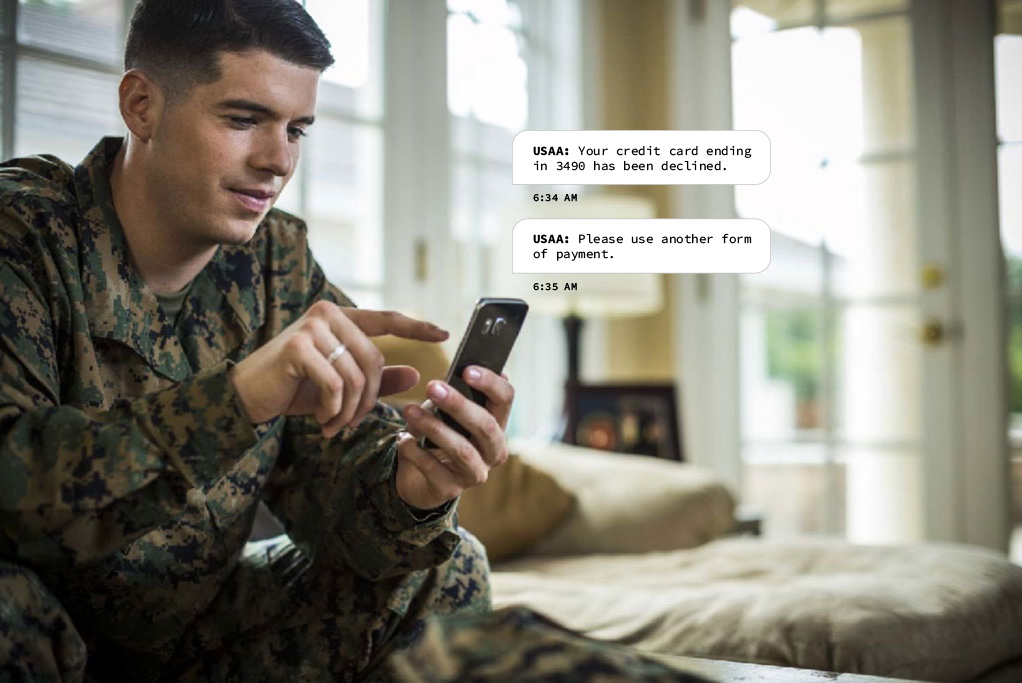USAA: Credit Card Declines
![]()
PROJECT OVERVIEW
A design strategy effort to improve the customer experience when a member has a decline on their credit card by looking across the entire decline ecosystem.
A design strategy effort to improve the customer experience when a member has a decline on their credit card by looking across the entire decline ecosystem.
MY IMPACT
- I eliminated 159k/yr customer support calls regarding travel notifications, saving $2.39MM/yr in operational costs
- I eliminated 2.41MM unnecessary customer interactions and 120k false positive declines
Why Card Declines?
Card Declines are the 5th reason a member contacts the call center. Per Visa study, USAA is 300 basis points lower of transaction approvals from best-in-class competitor. Every 1% increase in transaction approvals = $10MM revenue annually.
Business Problem:
It can be the customer, merchant, credit card company, or USAA’s fault — either way it’s USAA’s problem.
Customer Problem:
Declines are a frustrating and embarrassing experience. Experience typically ends with pulling out competitor card and losing trust in USAA.
Business Problem:
It can be the customer, merchant, credit card company, or USAA’s fault — either way it’s USAA’s problem.
Customer Problem:
Declines are a frustrating and embarrassing experience. Experience typically ends with pulling out competitor card and losing trust in USAA.
The Challenges
- 160+ internal decline codes done on an Excel spreadsheet
- Virtual bots hacking accounts skewed decline data
- PMs struggled defining the customer ‘why’ — “get members back in business”
- Project name (POS Declines) created confusion as 90% were digital
- A new team and a number of internal workstream cross over
What I Did
ALIGNMENT ︎ DISCOVERY ︎ DEFINITION ︎ DESIGN ︎ DEVELOP
ALIGNMENT = 6 weeks
Our business partners had a high-level priority for the year that was customer facing problem and need some “design”.
Includes: discovery workshops, co-design, design recommendations
Our business partners had a high-level priority for the year that was customer facing problem and need some “design”.
Includes: discovery workshops, co-design, design recommendations
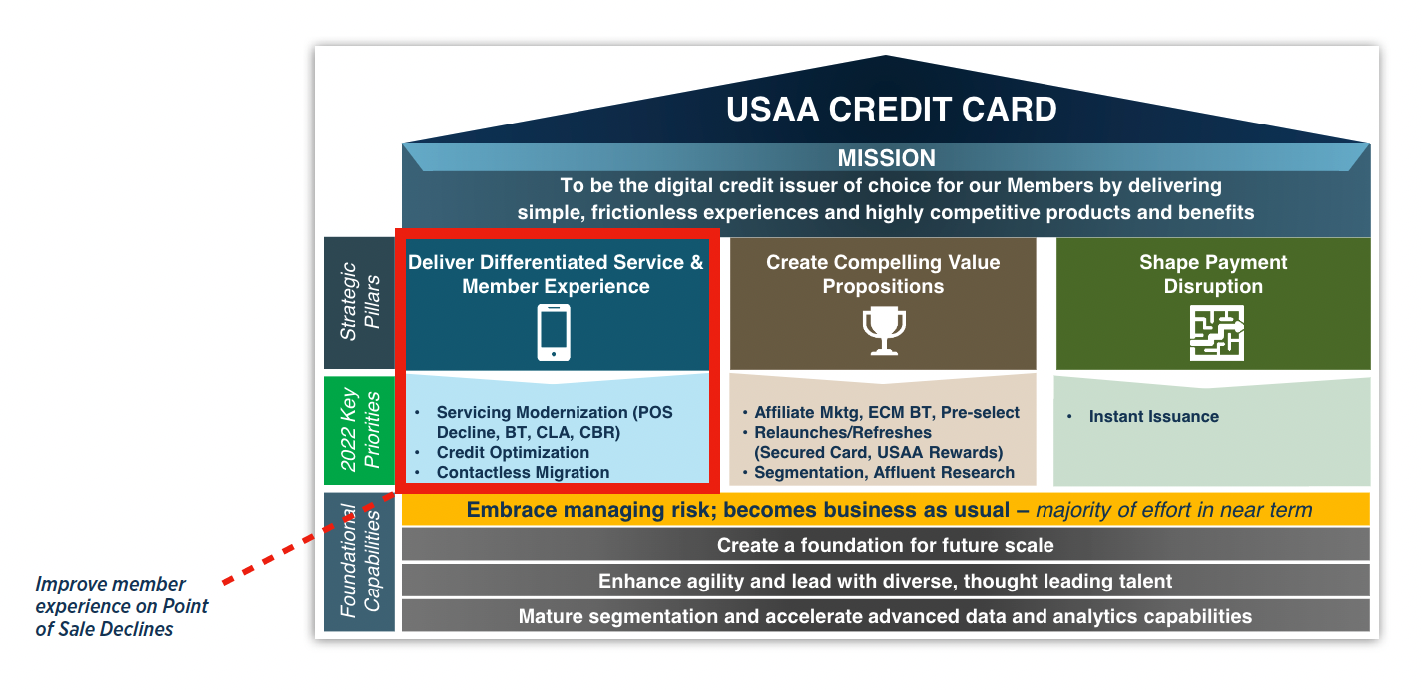
Monthly Business Review documents gave a “heat map” where problems lay (Bain Reports, etc), but the market research doesn’t frame the nuanced needs to solve on behalf of the customer.
Business partners had no idea where to start — so I brought shape to the ambiguity to improve the quality of our decisions.
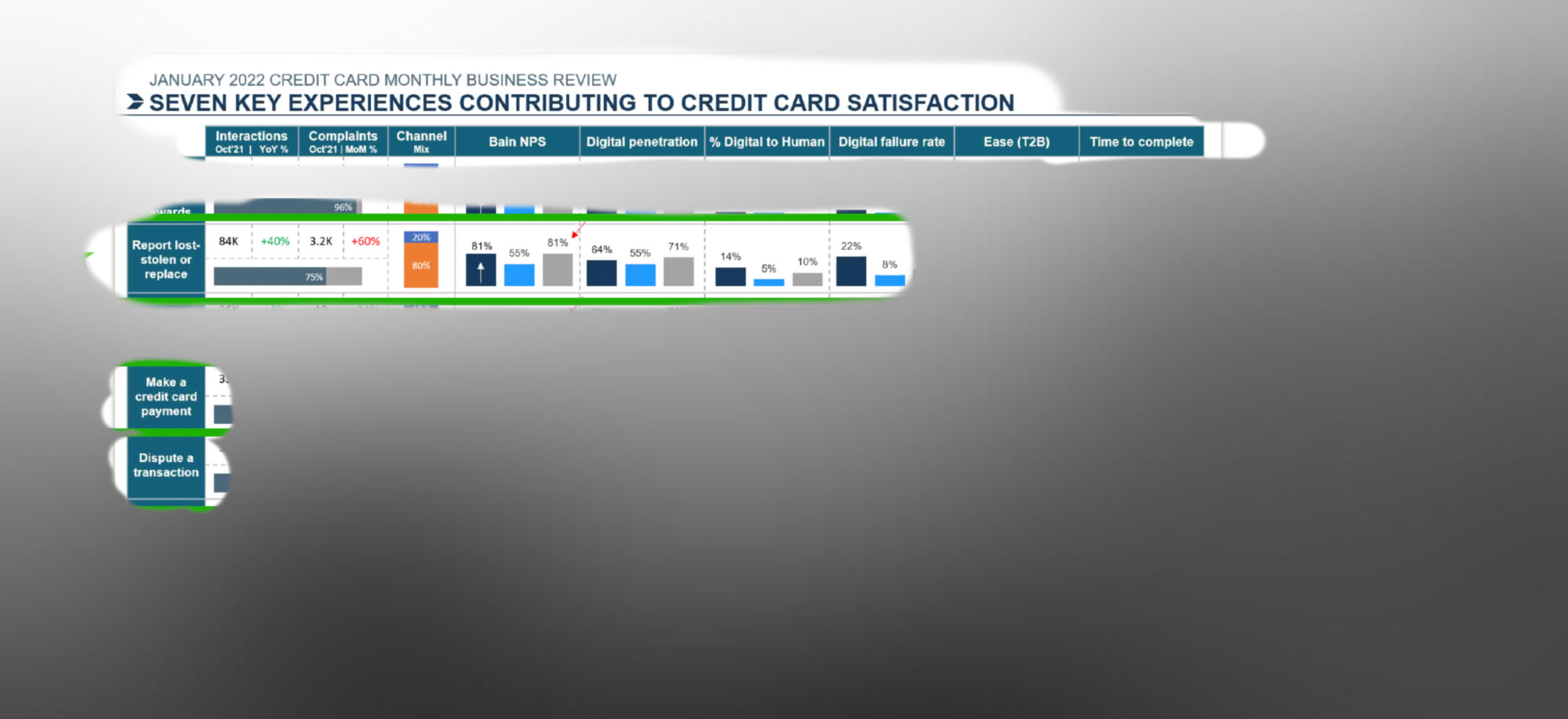

I interviewed Customer Support Reps identifying top reasons customers call the call center based on actuals calls. I lead discovery sessions based on the narratives formulating a hypothesis about the customer journey and the top product team assumptions, since the majority were new.



Success measures:
- decresase decline complaints by 5% in Q4 2022 in the call center
- 5 sec delivery of relevant communication to member (currently takes ~78sec)
I summarized the outputs from discovery sessions into a consumable strategic point of view for senior leaders with suite of short-term and long-term recommendations where to focus the product team — based on member pain and call center volume.









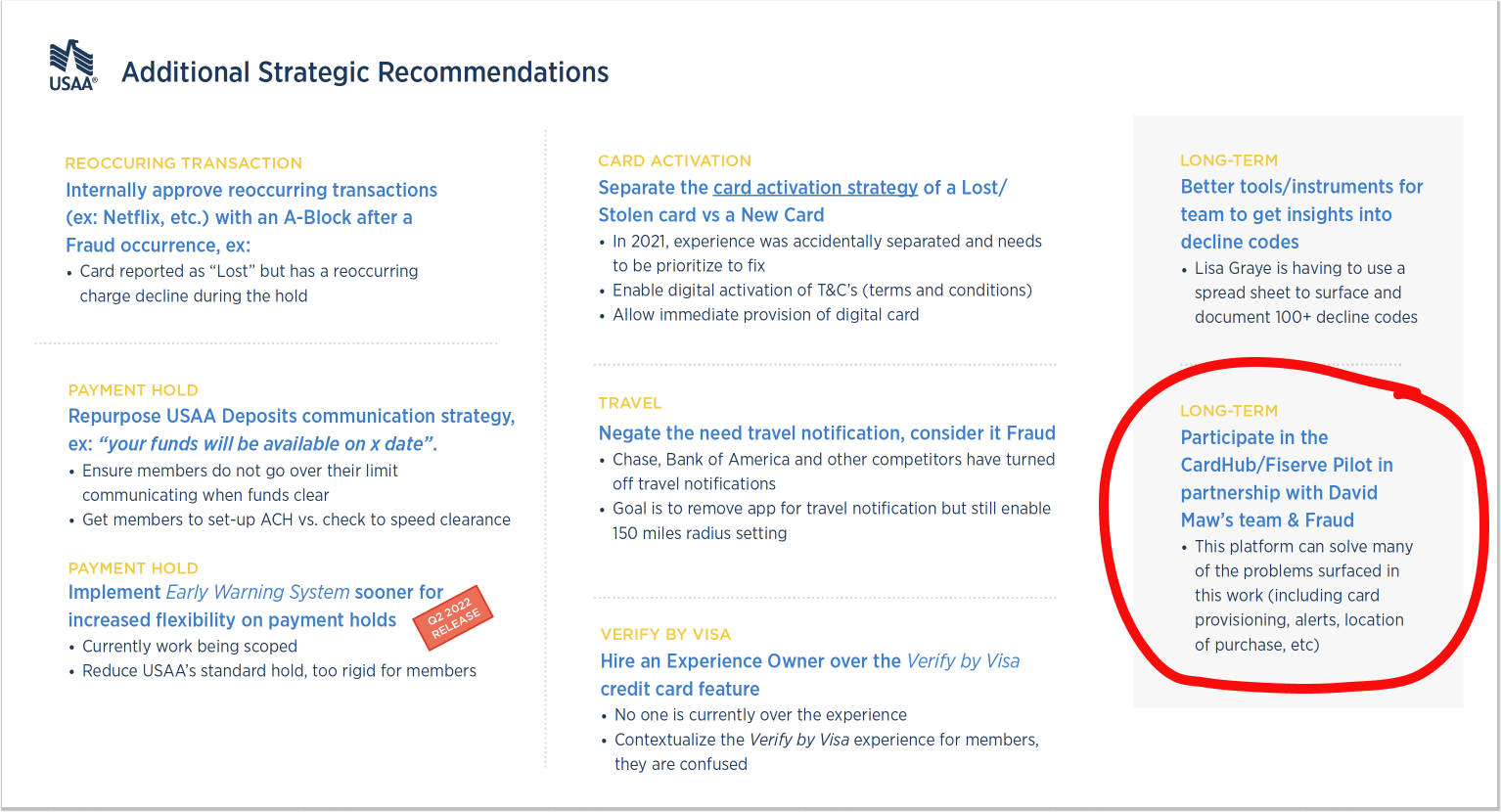


And then there was radio silence from our partners for several weeks.
DISCOVERY = 2 weeks
While waiting for partners on where to focus, I uncovered old research from the depths of USAA servers that I had participated in previously.


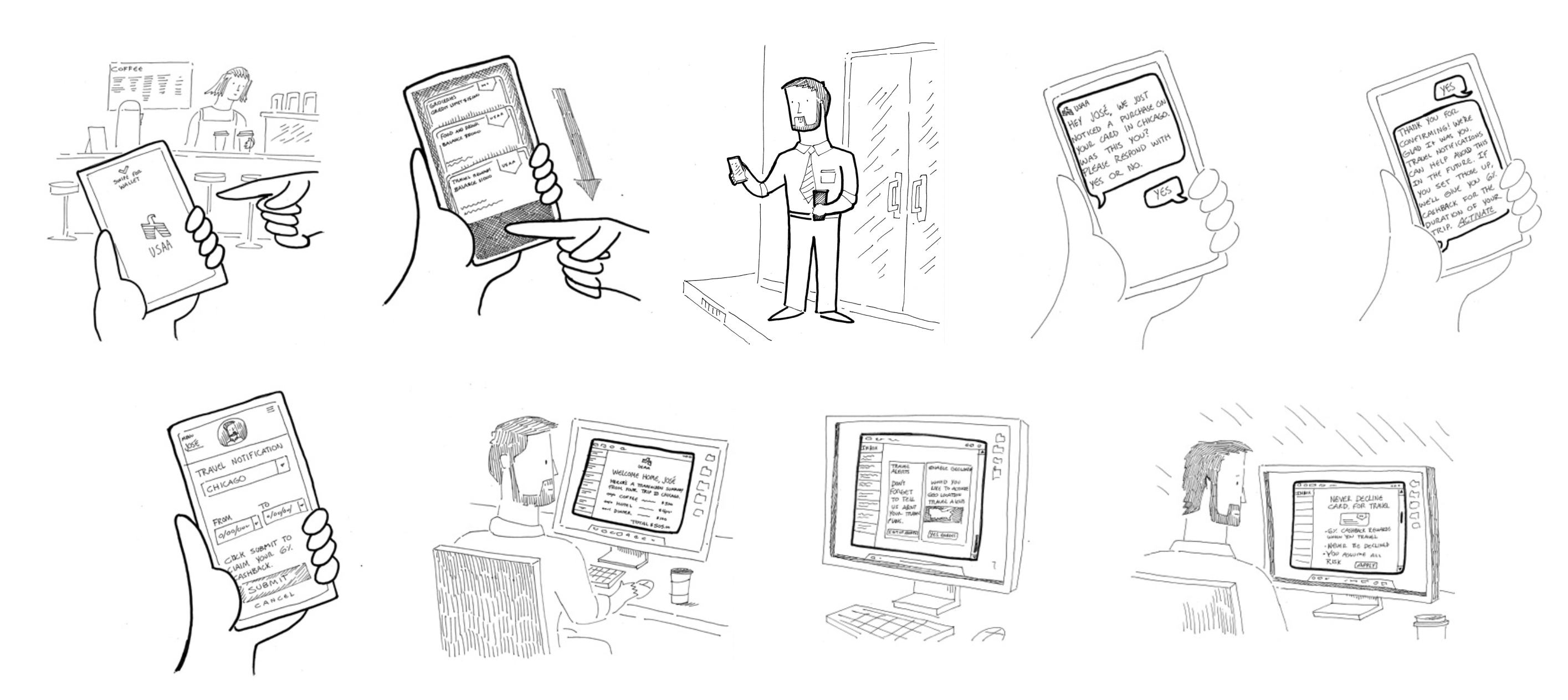




I unearthed that our competitors have removed travel notifications.
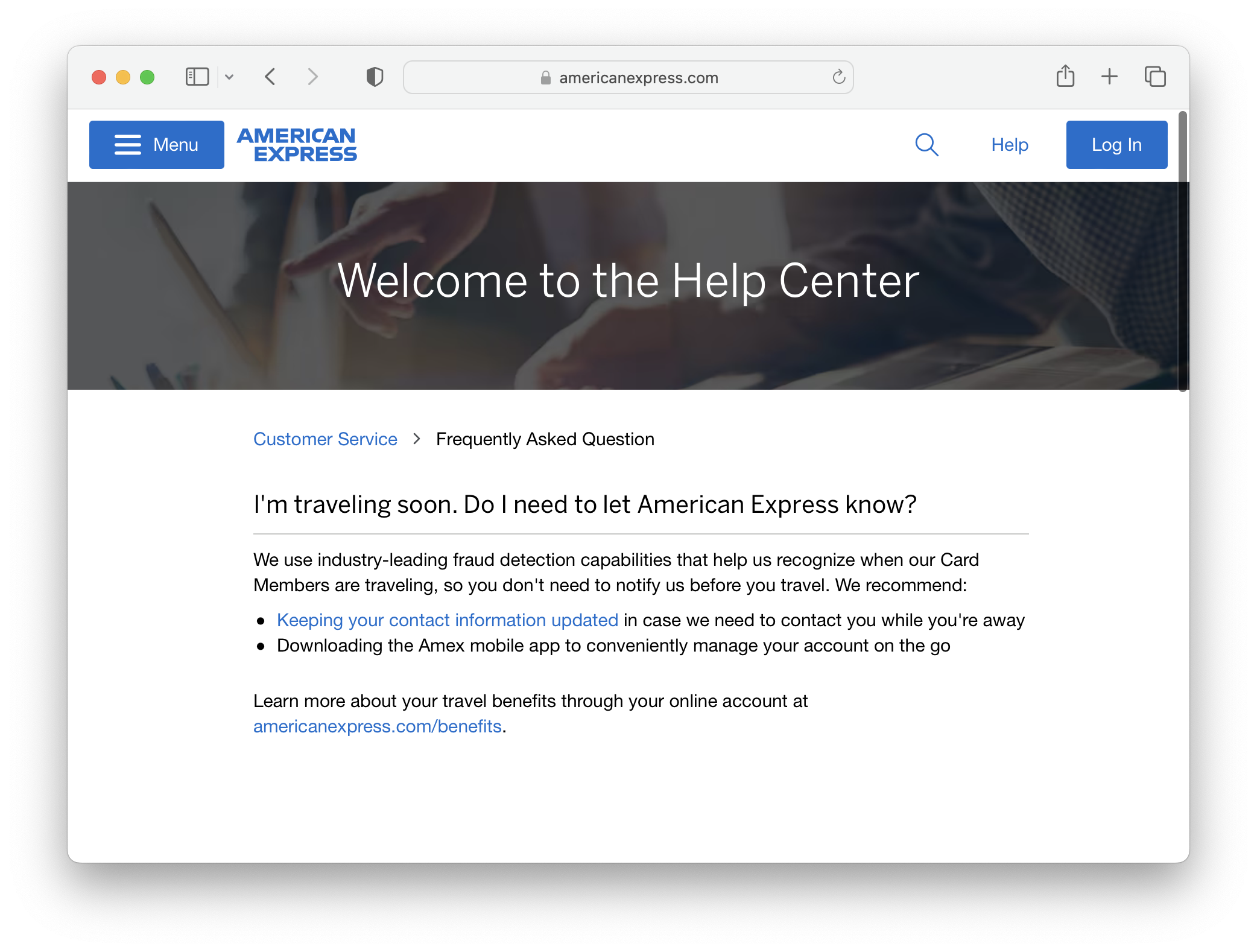
All the while I undearthed that a Fiserve API was being considered within the bank to sit on top of our products and services, that would have a direct impact on our ability to deliver recommendations to market.
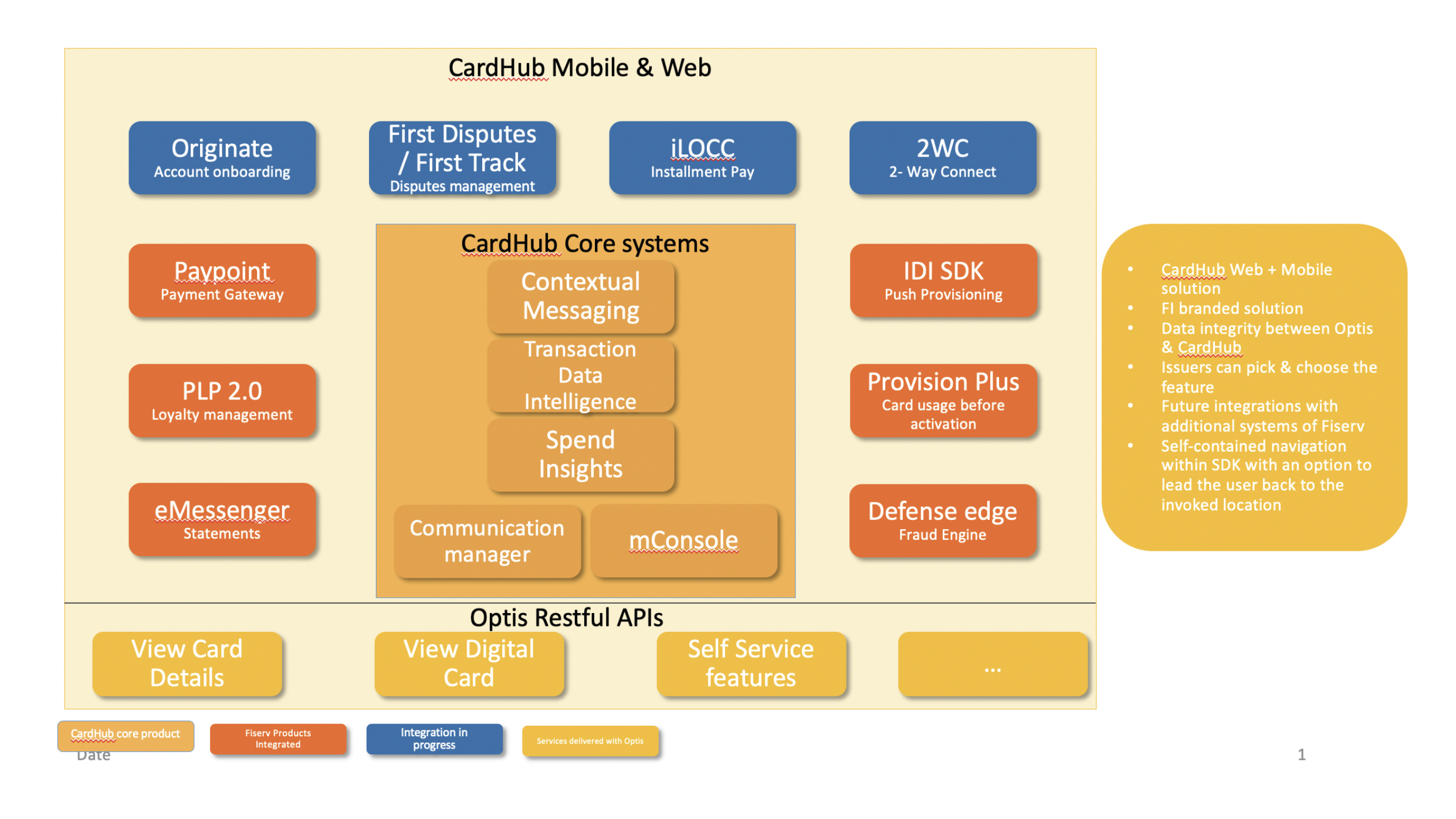

DEFINITION = 3 weeks
Our team circled the wagons and I facilitated a session to reprioritize the opportunties that lie in front of us.

Afterwards, I framed and sized the opportunity — based on a fuzzy screen shot.

The team revisted the journey maps we created previously.

DESIGN = 2 weeks
Since in this instance we weren’t creating something we were removing something, I audited all of the places within the app and marketing materials to remove for the dev team.

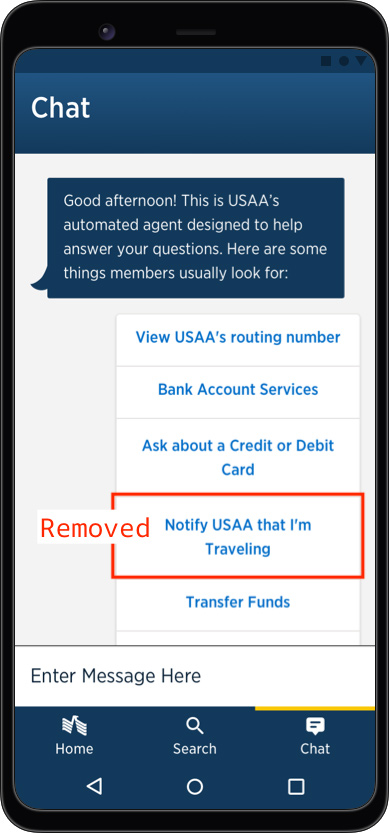

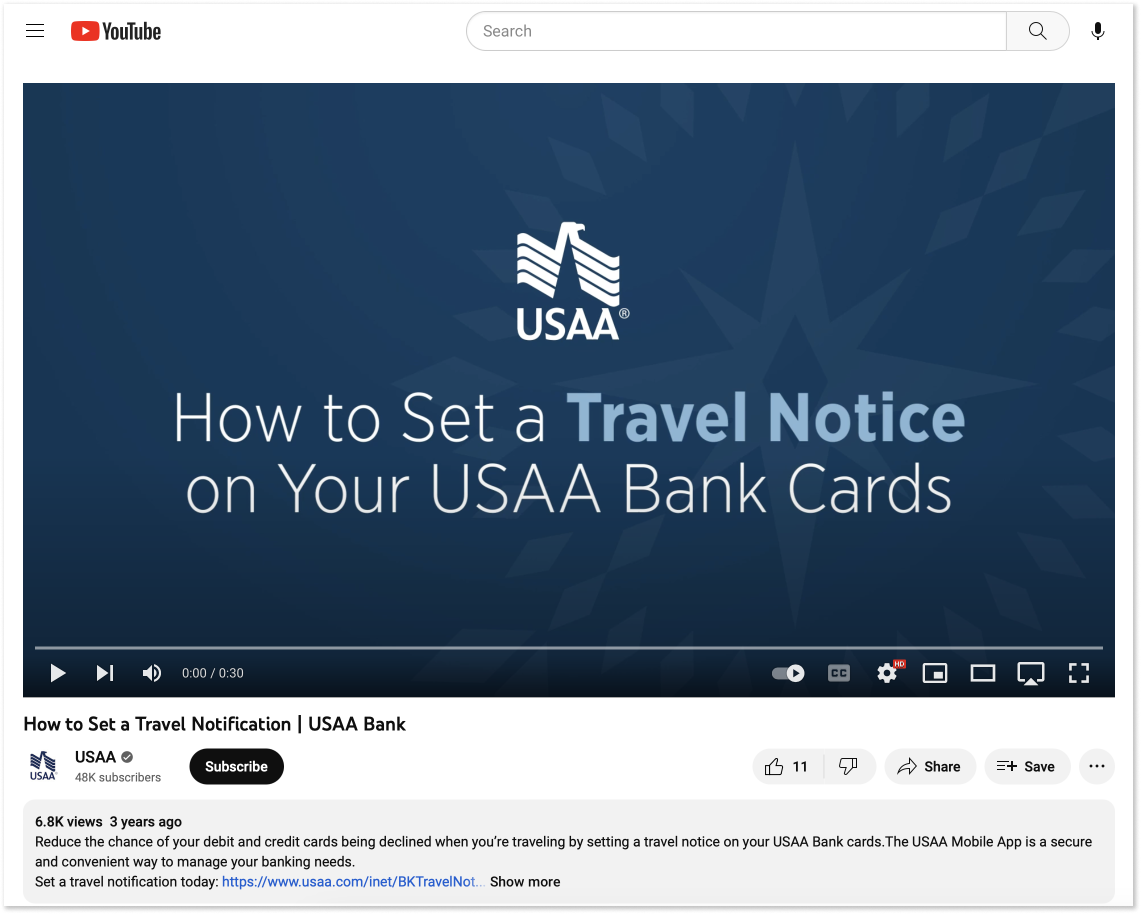
IMPLEMENTATION = 10 weeks
Implementation of the experience was sent to members and customers gave their feedback in places like Reddit.


Challenges Encountered
Ambiuguity between product and design team on who should push the work forward. After reflection, I recognized the need to be more bullish as a designer on pushing the priorities forward. And it also led me to take a product management class
I had the most subject matter expertise on the topic — but needed to bring others along the journey. This unlocked for me the need to help others see the vision even though you may be further along than them.
I learned about the rest API way too late in the game. I need to be asking more forthright questions that uncover the biggest project risks so that I don’t waste my time or my partners time.
Cross-Functional Team
- Business: Stephanie Perry, Lisa Graye, Debra Alonzo, Jason Silberberg, Andrea Rodriguez, Elaine Hicks, Shelly Larque
- Design: Tim White, Laurel Stanley
- MSR: Neil Pomerenke
- Ops: David Maw, Roanna Rihn, Jeff Sande
- Member Feedback: Tim Wallace
